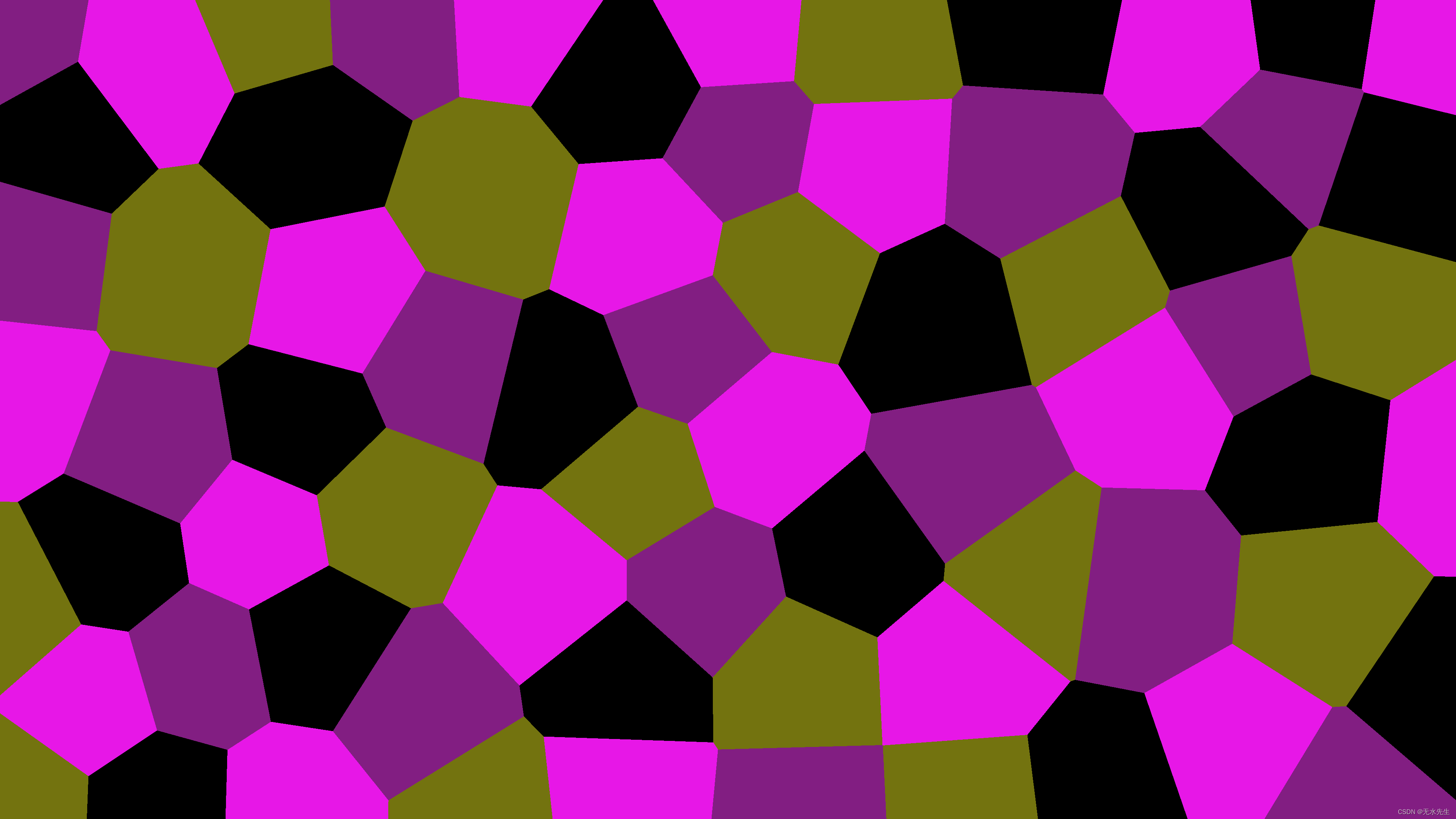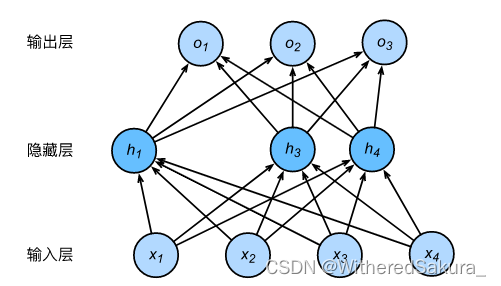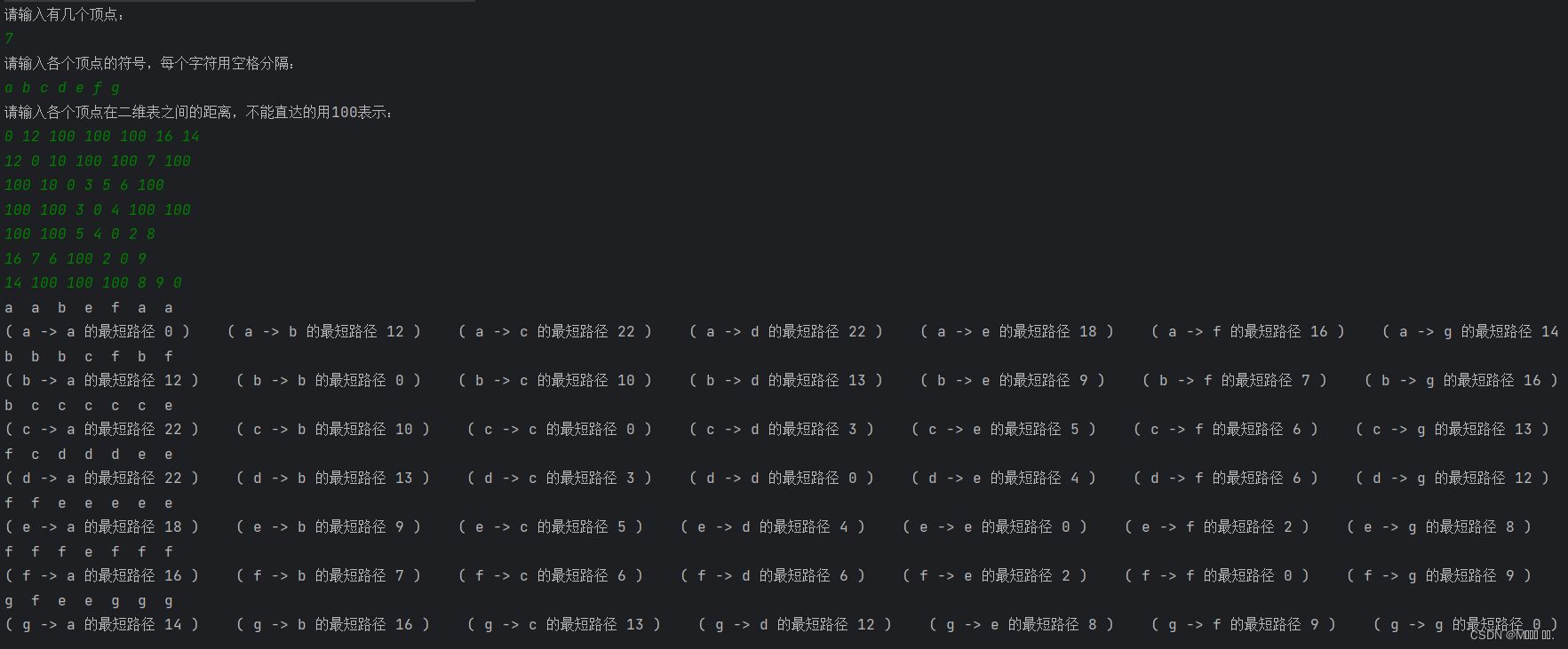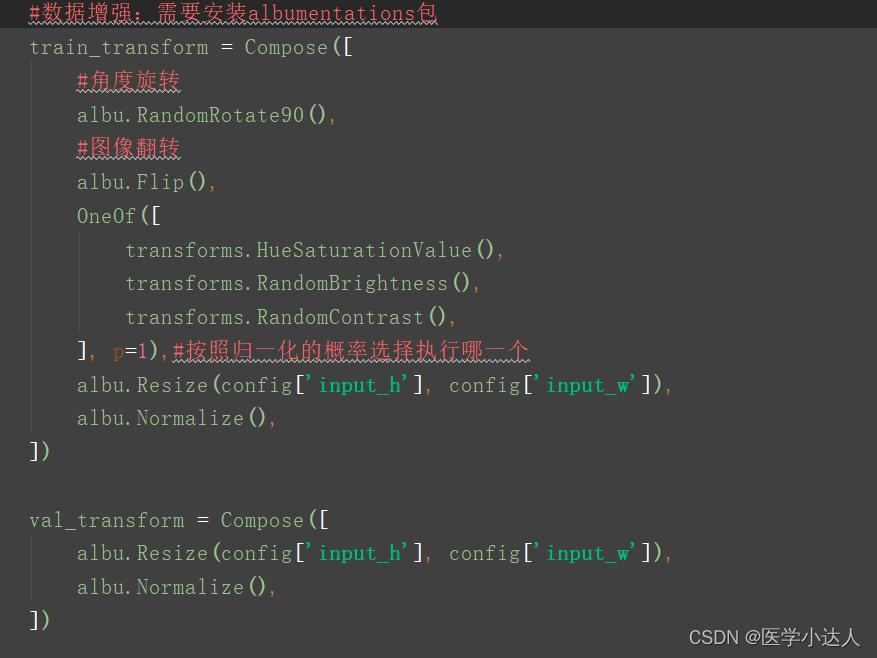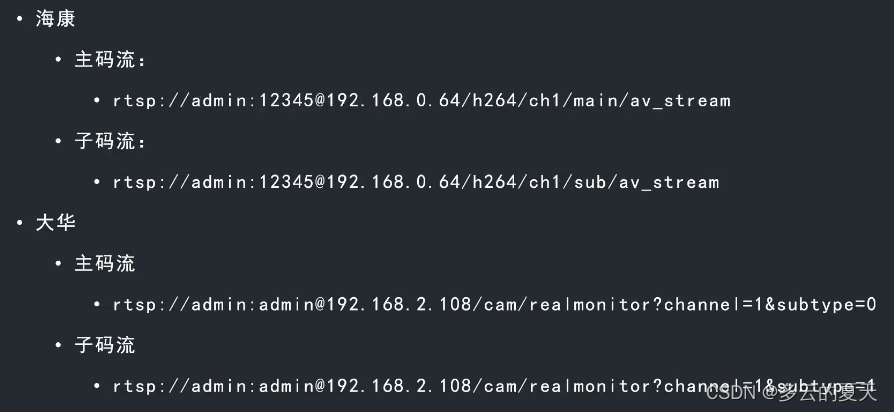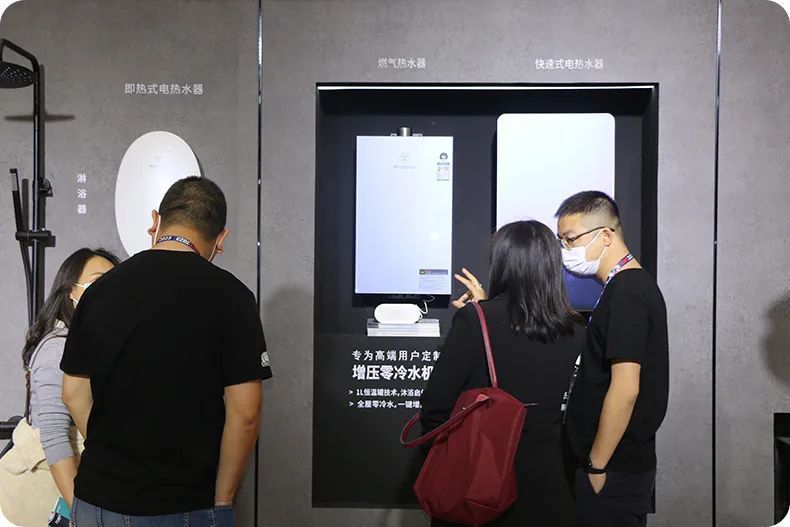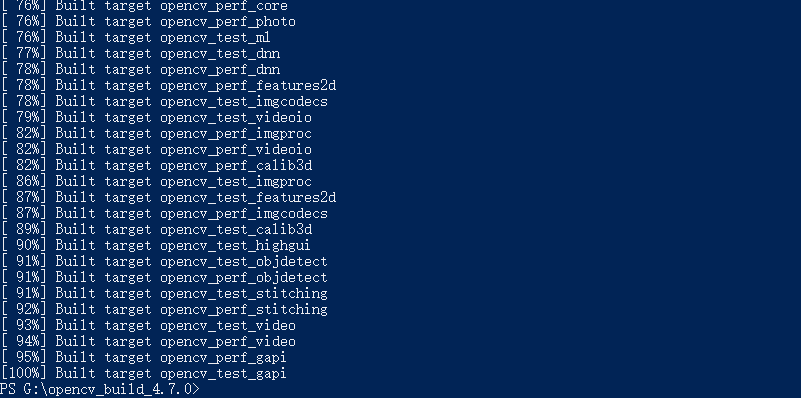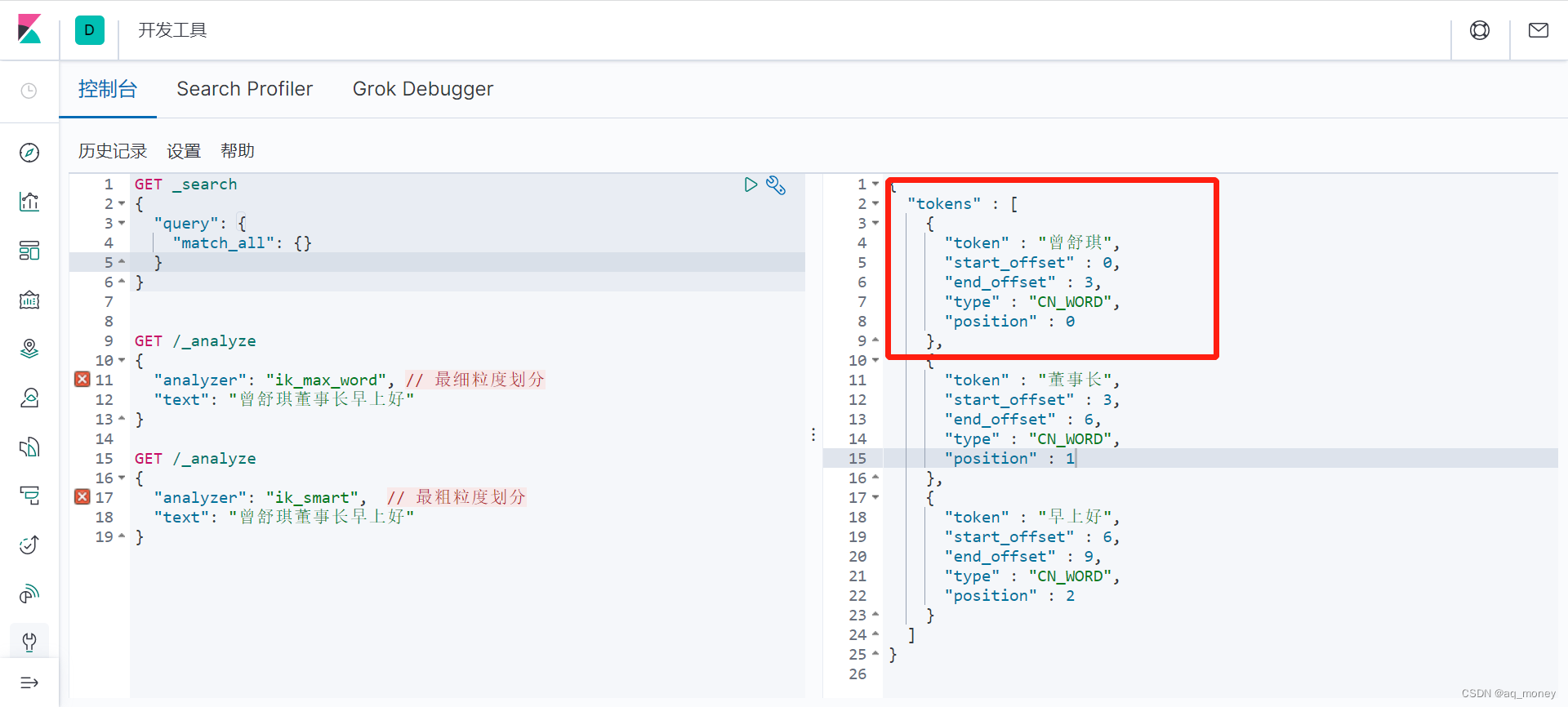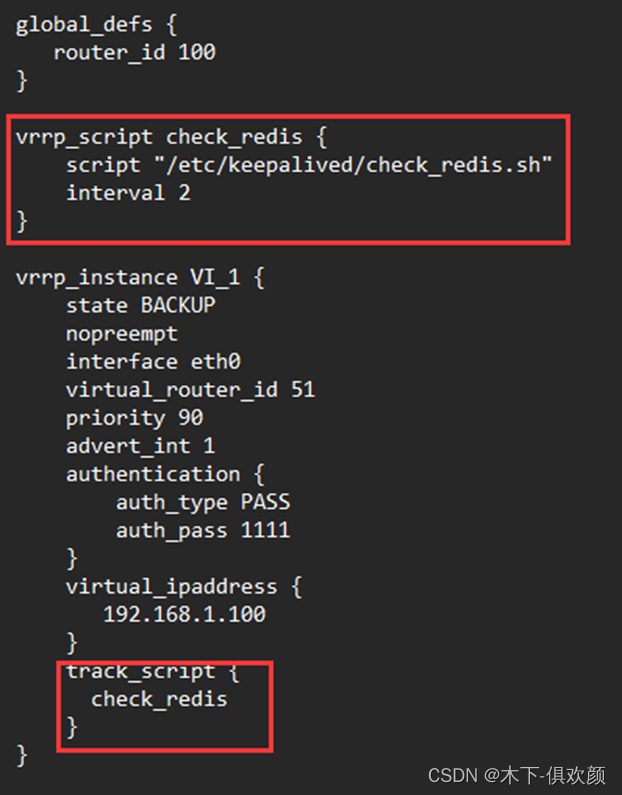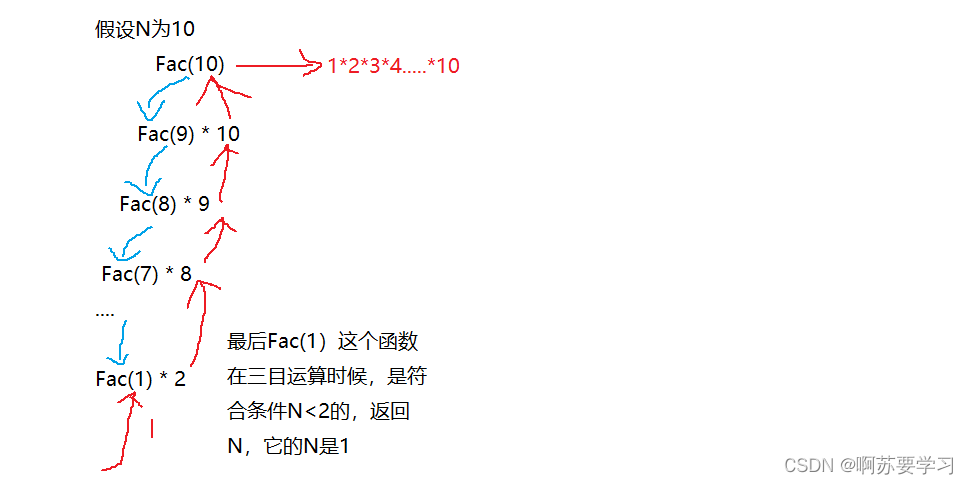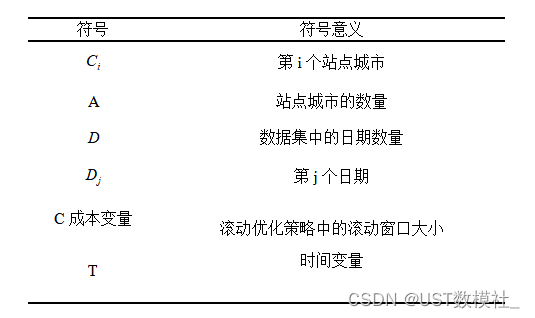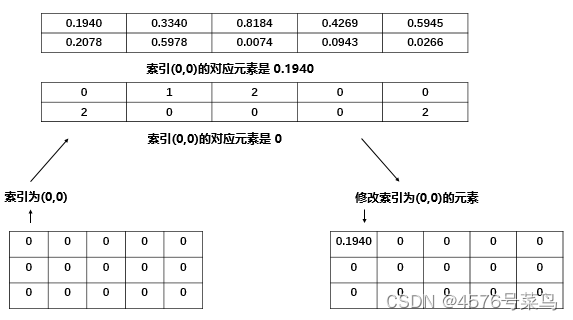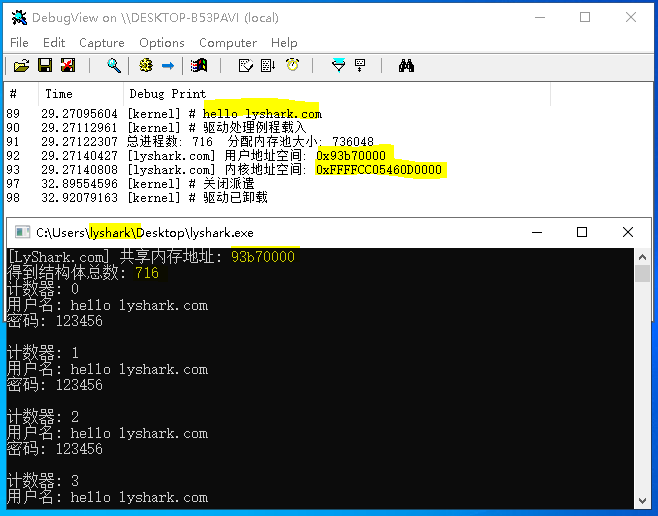一、说明
Voronoi 单元也称为泰森多边形。 Voronoi 图在许多领域都有实际和理论应用,主要是在科学和技术领域,但也在视觉艺术领域使用。Voronoi 图以数学家 Georgy Voronoy 的名字命名,也称为 Voronoi 镶嵌、Voronoi 分解、Voronoi 分区或 Dirichlet 镶嵌(以 Peter Gustav Lejeune Dirichlet 命名)。
在数学中,Voronoi 图是将对平面(集合)划分为多个区域的算法。在最简单的情况下,这些对象只是平面上的有限多个点(称为种子、站点或生成器)。对于每个种子,都有一个对应的优先划分区域。这种区域称为 Voronoi 单元,由平面上离该种子比其他任何点更近的所有点组成。一组点的 Voronoi 图与该组的 Delaunay 三角剖分是对偶的。
注意:点、区域、边界线成为这个算法的关键要素。
二、帝国边界划分问题
我们用一个童话故事构成思想实验。
话说,哈里发国王年事已高,厌倦朝政,因而计划将他的王国分为四份,分别由四个王子管理。于是召来宰相易普拉辛,说到:“我亲爱的宰相,我打算将王国分成四个部落,分别交给王子们统辖,如今有四个城池,分别是查兰,是哥,达玛,宿吐作为它们的都城,可是如何划分疆土我毫无主张,是真主启发我召你商议此事。”宰相思索片刻,说到:“赞美安拉,我倒是有一个谋划,请借地图叙述”,国王当即请出地图如下:
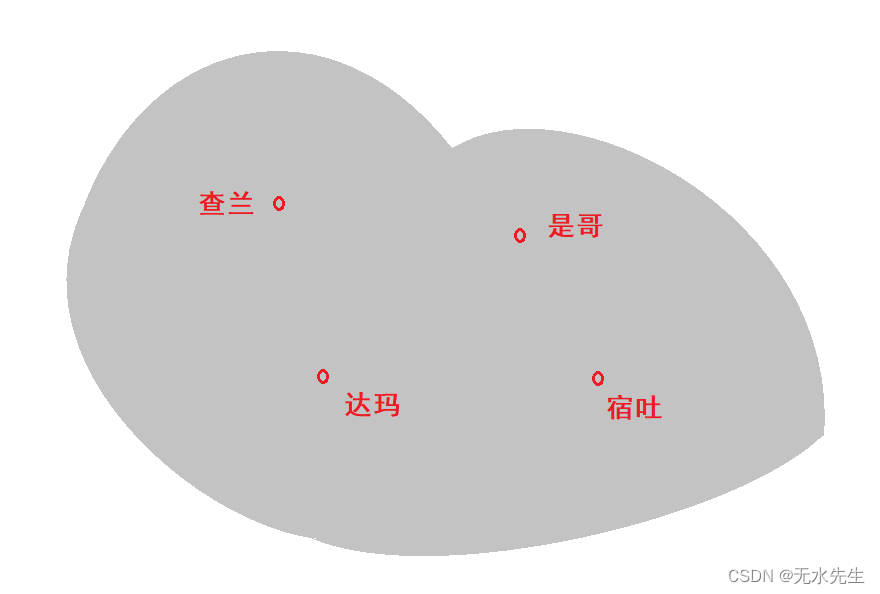
且看宰相如何划分国土。首先,确定查兰的边疆,如下:
1)从查兰引出三个线段,分别连接(是哥,达玛,宿土)
2)分别作出三条线段的中分线。
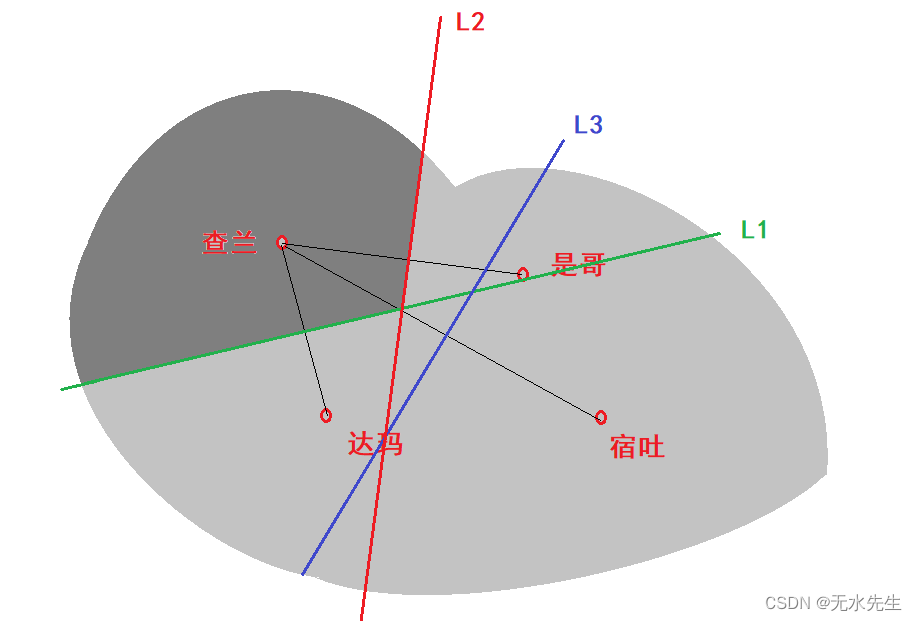
做出三条中分线L1,L2,L3。中分线上的特征是(以查兰和达玛为例),L1线上点到查兰的距离一定等于该点到达玛距离,因此谁也没“侵犯”谁。因此,绿线和红线都是“公平线”,蓝线多余,查兰的土地已经画出。
3)接着划分达玛:从达玛引出线段,连接是哥和宿土,继续上述操作:
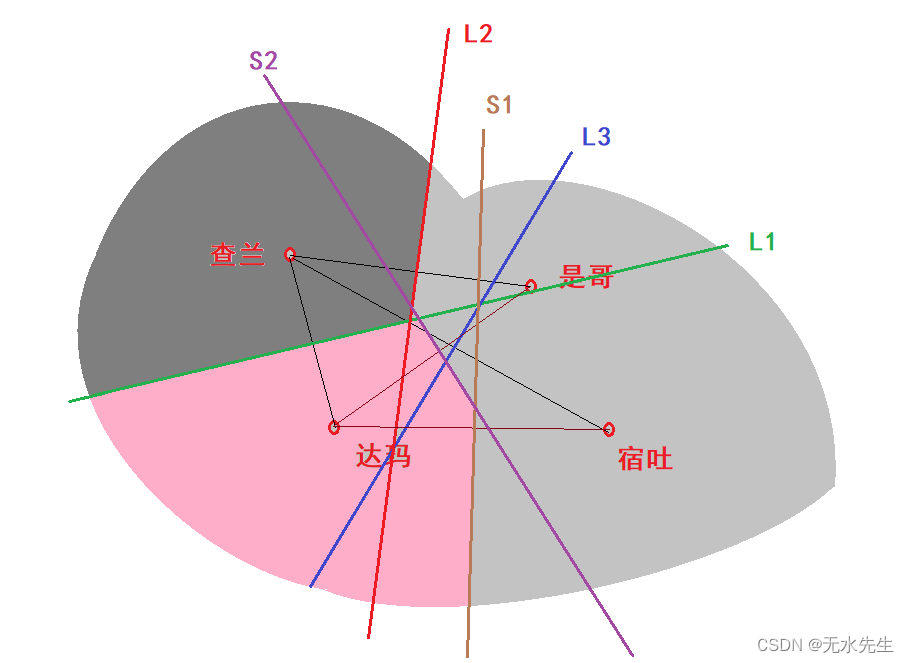
显然,图中新增出公平线S1,S2,图中的粉色(靠近达玛一侧区域)能保证达玛没有“侵犯”其它邻国。至此,达玛的边界因L1,S1,S2确定。
4)最后,从宿土到是哥引出线段,并做出中分线T1,如图:
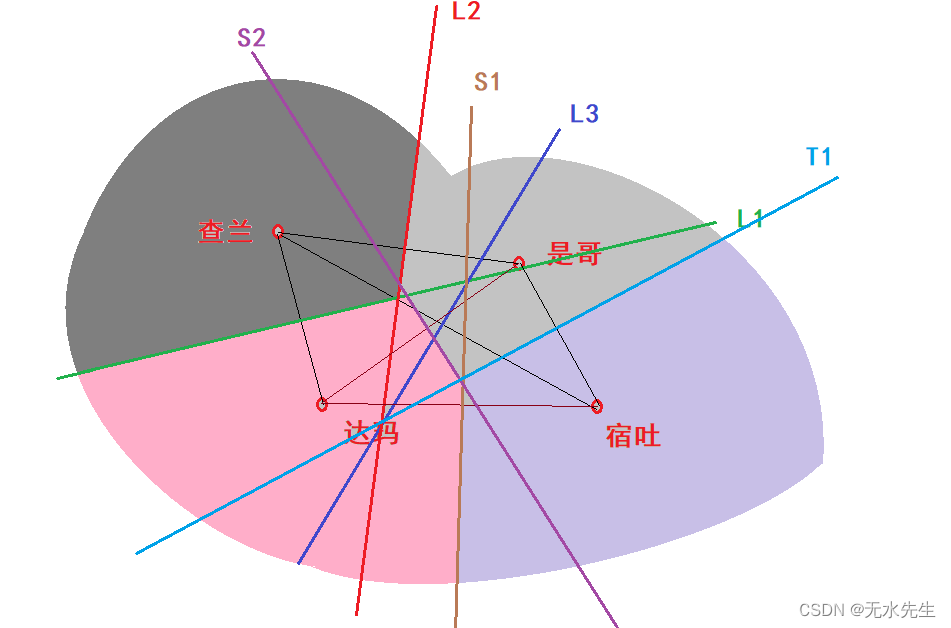
至此,宿土的边疆也因T1和S1划分完成。
哈里发看了宰相的划分,依然不悦,对宰相说到:“依照爱卿的划分,国土面积不等,如何说服四位王子服从分配?”宰相说到:“安啦是唯一的主,不妨把命运交给安拉,让他们抓阄分配”,国王听后,大喜曰:“然”。
三、voronoi的正规定义
3.1 最简单的voronoi情况
在最简单的情况下,如第一张图片所示,我们在欧几里得平面中得到一组有限的点 {p1, ..., pn}。在这种情况下,每个站点 pk 只是一个点,其对应的 Voronoi 单元 Rk 由欧几里得平面中的每个点组成,这些点到 pk 的距离小于或等于它到任何其他 pk 的距离。每个这样的单元都是从半空间的交集获得的,因此它是一个(凸)多面体。 [6] Voronoi 图的线段是平面上与最近的两个站点等距的所有点。 Voronoi 顶点(节点)是与三个(或更多)站点等距的点。

3.2 在距离空间的数学描述
设X是一个距离函数的度量空间,K是一组索引, 是空间中非空子集(站点)的元组(索引集合)
。 Voronoi 单元或 Voronoi 区域,
,与网站相关
是所有点的集合
距离
不大于它们到其他站点的距离
,其中
是任何不同于
。换句话说,如果
, 表示点与集合之间的距离(
和子集
),然后有:
![]()
Voronoi 图只是单元格的元组。原则上,一些站点可以相交甚至重合(下面描述了代表商店的站点的应用程序),但通常假定它们是不相交的。此外,定义中允许有无限多个站点(此设置在数字几何和晶体学中有应用),但同样,在许多情况下,只考虑有限多个站点。
在空间是有限维欧几里德空间的特殊情况下,每个站点都是一个点,有有限多个点并且所有点都不同,那么 Voronoi 单元是凸多胞形,它们可以用组合方式表示它们的顶点、边、二维面等。有时,导出的组合结构被称为 Voronoi 图。然而,一般而言,Voronoi 单元可能不是凸的,甚至可能不是连接的。在通常的欧几里德空间中,我们可以用通常的术语重写形式定义。每个 Voronoi 多边形 与生成点相关联
。让
是欧氏空间中所有点的集合。让1个
是生成其 Voronoi 区域的点
1个,2个
生成2个
, 和3个
生成3个
等等。然后,正如 Tran 等人所表达的那样,[7]“Voronoi 多边形中的所有位置都比欧几里得平面中的 Voronoi 图中的任何其他生成点更接近该多边形的生成点”。
3.3 不同距离空间所得 Voronoi 单元不同
如图,下面是基于欧氏空间和曼哈顿空间的划分:


以上就是欧氏空间和曼哈顿空间的划分细节。
四、代码和库
4.1 算法库
以下给出算法库Voronoi,是通过python写的代码
from PIL import Image, ImageColor, ImageDraw
from random import randint, choice, random, seed as randomseed
from typing import *
from math import hypot, sqrt
from queue import Queue
from dataclasses import dataclass
from enum import Enum
import os
import sys
class ColorAlgorithm(Enum):
random = 1
no_adjacent_same = 2
least_possible = 3
class RegionAlgorithm:
def randomized(width: int, height: int, regions: int, mask_function) -> List[Tuple[int, int]]:
"""Return regions that are entirely random."""
points = []
while len(points) != regions:
p = (randint(0, width - 1), randint(0, height - 1))
if p in points:
continue
if not mask_function(p):
continue
points.append(p)
return points
def uniform(width: int, height: int, regions: int, mask_function) -> List[Tuple[int, int]]:
"""Return regions that attempt to be somewhat uniform."""
k = 10
points = []
while len(points) != regions:
best_p = None
d_max = 0
i = 0
while i < k * len(points) + 1:
p = (randint(0, width - 1), randint(0, height - 1))
if p in points:
continue
if not mask_function(p):
continue
if len(points) == 0:
best_p = p
break
d_min = float('inf')
for x, y in points:
d = hypot(p[0]-x, p[1]-y)
if d < d_min:
d_min = d
if d_min > d_max:
d_max = d_min
best_p = p
i += 1
points.append(best_p)
return points
class DistanceAlgorithm:
def euclidean(x, y, xn, yn):
"""Calculate the image regions (up to a distance) using euclidean distance."""
return hypot(xn-x, yn-y)
def manhattan(x, y, xn, yn):
"""Calculate the image regions using manhattan distance."""
return abs(xn-x) + abs(yn-y)
def euclidean45degrees(x, y, xn, yn):
"""Calculate the image regions using euclidean, but allow only lines in 45 degree increments."""
return sqrt(2 * min(abs(xn-x), abs(yn-y)) ** 2) + abs(abs(xn-x) - abs(yn-y))
def chebyshev(x, y, xn, yn):
"""Calculate the image regions using chebyshev distance."""
return min(abs(xn-x), abs(yn-y)) + abs(abs(xn-x) - abs(yn-y))
def set_each_point(seed: int, width: int, height: int,
region_centers: List[Tuple[int, int]], image: List[List[int]],
d_limit: int, f: List[Callable[[int, int, int, int], float]], mask_function):
"""Calculate the image regions (up to a distance) using the provided metric."""
randomseed(seed)
region_distance_functions = [f if not isinstance(f, list) else choice(f) for _ in range(len(region_centers))]
for x in range(width):
for y in range(height):
if not mask_function((x, y)):
continue
d_min = float('inf')
for i, region in enumerate(region_centers):
xn, yn = region
d = region_distance_functions[i](x, y, xn, yn)
if d < d_min:
d_min = d
if d <= d_limit:
image[x][y] = id(region)
class Utilities:
def error(message, q=True):
print(f"\u001b[38;5;1mERROR:\u001b[0m {message}", flush=True)
if q:
sys.exit(1)
def warning(message):
print(f"\u001b[38;5;208mWARNING:\u001b[0m {message}", flush=True)
def info(message):
print(f"\u001b[38;5;11mINFO:\u001b[0m {message}", flush=True)
def success(message):
print(f"\u001b[38;5;2mSUCCESS:\u001b[0m {message}", flush=True)
def hex_to_tuple(color: str):
color = color.strip("#")
return (int(color[0:2], 16), int(color[2:4], 16), int(color[4:6], 16))
def get_different_adjacent_colors(width, height, image, colors, color_algorithm):
from pulp import LpProblem, LpVariable, LpMinimize, lpSum, PULP_CBC_CMD
edges = set()
mapping = {}
n = 0
for x in range(width):
for y in range(height):
for xd, yd in ((0, 1), (1, 0), (-1, 0), (0, -1)):
xn, yn = x + xd, y + yd
if not 0 <= xn < width or not 0 <= yn < height:
continue
i1, i2 = image[x][y], image[xn][yn]
if i1 is None or i2 is None:
continue
if i1 < i2:
if i1 not in mapping:
n += 1
mapping[n] = i1
mapping[i1] = n
if i2 not in mapping:
n += 1
mapping[n] = i2
mapping[i2] = n
edges.add((mapping[i1], mapping[i2]))
edges = list(edges)
model = LpProblem(sense=LpMinimize)
chromatic_number = LpVariable(name="chromatic number", cat='Integer')
variables = [[LpVariable(name=f"x_{i}_{j}", cat='Binary') \
for i in range(n)] for j in range(n)]
for i in range(n):
model += lpSum(variables[i]) == 1
for u, v in edges:
for color in range(n):
model += variables[u - 1][color] + variables[v - 1][color] <= 1
for i in range(n):
for j in range(n):
model += chromatic_number >= (j + 1) * variables[i][j]
if color_algorithm == ColorAlgorithm.least_possible:
model += chromatic_number
else:
model += chromatic_number == len(colors)
status = model.solve(PULP_CBC_CMD(msg=False))
if chromatic_number.value() > len(colors):
Utilities.error("Not enough colors to color without adjacent areas having the same one!")
return {mapping[variable + 1]: colors[color]
for variable in range(n)
for color in range(n)
if variables[variable][color].value() == 1}
def add_border(background, border_size, read_image, write_image, width, height, mask_function):
r = border_size // 2
for x in range(width):
for y in range(height):
if not mask_function((x, y)):
continue
for dx, dy in ((0, 1), (1, 0)):
xn, yn = x + dx, y + dy
if not 0 <= xn < width or not 0 <= yn < height:
continue
if not mask_function((xn, yn)):
continue
if read_image[x][y] != read_image[xn][yn]:
draw = ImageDraw.Draw(write_image)
draw.ellipse((x-r, y-r, x+r, y+r), fill=(*background,0))
def generate(
path: str,
regions: int,
colors: List[Union[Tuple[int], str]],
width: int = 1920,
height: int = 1080,
region_algorithm = RegionAlgorithm.uniform,
distance_algorithm = DistanceAlgorithm.euclidean,
color_algorithm = ColorAlgorithm.random,
seed: Optional[int] = None,
border_size: int = 0,
mask: Optional[str] = None,
mask_color = "#000000",
animate = False,
background = "#FFFFFF",
):
# possibly seed the random algorithm
if seed is None:
seed = random()
# possibly convert string colors to tuples
i = 0
while i < len(colors):
if type(colors[i]) == str:
colors[i] = Utilities.hex_to_tuple(colors[i])
i += 1
if type(mask_color) == str:
mask_color = Utilities.hex_to_tuple(mask_color)
elif type(mask_color) == list:
mask_color = tuple(mask_color)
if type(background) == str:
background = Utilities.hex_to_tuple(background)
elif type(background) == list:
background = tuple(background)
randomseed(seed)
mask_function = lambda p: True
if mask is not None:
try:
mask_img = Image.open(mask)
Utilities.info("Mask provided.")
w, h = mask_img.size
mask_function = lambda p: mask_img.getpixel(p) == mask_color
if w != width:
Utilities.warning("Specified width doesn't match mask width, using mask width.")
width = w
if h != height:
Utilities.warning("Specified height doesn't match mask height, using mask width.")
height = h
except Exception as e:
Utilities.error(f"Error loading mask from '{mask}'.")
if type(regions) == list:
Utilities.info("Region centers provided, skipping generation.")
# flip vertically!
region_centers = [(int(center[0] * width), int(height - center[1] * height)) for center in regions]
else:
Utilities.info("Calculating region centers.")
region_centers = region_algorithm(width, height, regions, mask_function)
image = [[None] * height for _ in range(width)]
Utilities.info("Calculating region areas.")
DistanceAlgorithm.set_each_point(seed, width, height, region_centers, image, float("inf"), distance_algorithm, mask_function)
# either assign colors randomly, or calculate the chromatic number and assign them then
if color_algorithm == ColorAlgorithm.random:
Utilities.info("Assigning region colors.")
region_colors = {id(region): choice(colors) for region in region_centers}
else:
Utilities.info("Assigning region colors such that no two adjacent regions have the same color.")
region_colors = Utilities.get_different_adjacent_colors(width, height, image, colors, color_algorithm)
# if we're masking, some regions won't be assigned
region_colors[None] = background
# the original, full image (without borders)
pil_image = Image.new("RGB", (width, height))
for x in range(width):
for y in range(height):
pil_image.putpixel((x, y), region_colors[image[x][y]])
if border_size != 0:
Utilities.add_border(background, border_size, image, pil_image, width, height, mask_function)
if animate:
if not os.path.exists(path):
os.makedirs(path)
d = 1
while True:
animation_image = [[None] * height for _ in range(width)]
DistanceAlgorithm.set_each_point(seed, width, height, region_centers, animation_image, d, distance_algorithm, mask_function)
animation_pil_image = Image.new("RGB", (width, height))
for x in range(width):
for y in range(height):
animation_pil_image.putpixel((x, y), background if animation_image[x][y] is None else region_colors[image[x][y]])
if border_size != 0:
Utilities.add_border(background, border_size, animation_image, animation_pil_image, width, height)
animation_path = os.path.join(path, f"{d}.png")
animation_pil_image.save(animation_path, "PNG")
Utilities.success(f"Animation image saved to {animation_path}")
d += 1
if image == animation_image:
Utilities.success(f"Done!")
break
else:
pil_image.save(path, resolution=300)
Utilities.success(f"Image saved to {path}!")4.2 参数说明
generate function arguments
path: the path (including an extension) to save the resulting file toregions: the number of distinct regions in the diagramcolors: a list of tuples denoting the RGB of the color, or strings denoting the color in hexwidth: the width of the image; defaults to 1920height: the height of the image; defaults to 1080region_algorithm: the algorithm that determines the centers of the regions:RegionAlgorithm.uniformattempts to make the centers equidistant to one another; defaultRegionAlgorithm.randomizedmakes the center positions entirely random
distance_algorithm: the algorithm that determines the way the distance is measured; if a list of the algorithms is provided, a random one is picked for each pointDistanceAlgorithm.euclidean: standard euclidean distance (hypotenuse); defaultDistanceAlgorithm.manhattan: Manhattan (taxicab) distance (4 directions)DistanceAlgorithm.chebyshev: Chebyshev distance (8 directions)DistanceAlgorithm.euclidean45degrees: euclidean distance, but lines can only point in 45 degree increments
color_algorithm: the algorithm that determines the colors of the regionsDistanceAlgorithm.random: pick the colors randomlyDistanceAlgorithm.no_adjacent_same: pick the colors such that no two adjacent regions have the same colorDistanceAlgorithm.least_possible: same asno_adjacent_same, but attempt to do so in the least number of colors
seed: the seed for the random number generator; no seed by defaultborder_size: the thickness of the border (in pixels); defaults to 0 (no border)mask: a path to an image mask so only specific areas are usedmask_color: the color of the mask to fill, ignoring everything else; defaults to#000000animate: creates images in the folderpathof the regions filling in; defaults to Falsebackground: background of the animation/masking/borders; defaults to#FFFFFF
4.3 调用方法
from voronoi import *
generate(
path = "1.png",
width = 3840,
height = 2160,
regions = 70,
colors = [(0, 0, 0), (15, 15, 15), (23, 23, 23), (30, 30, 30)],
color_algorithm = ColorAlgorithm.no_adjacent_same,
)结果图:
